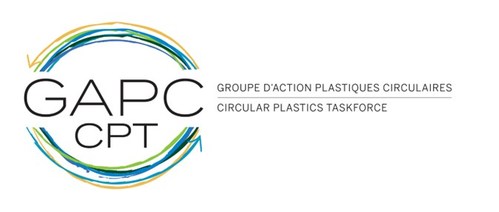
Circular Plastic Taskforce and Digimarc to launch flexible packaging in Canada
July 4, 2022 | By Monica Ferguson
 Photo: Circular Plastic Taskforce.
Photo: Circular Plastic Taskforce. 
Photo: Circular Plastic Taskforce.
Circular Plastic Taskforce has partnered with Digimarc Corporation, to test Digimarc Recycle for optimizing the sortation of flexible plastic packaging in Canada. Phase II of the CPT, aims to support projects in improving recycling of all plastic packaging within the evolving extended producer responsibility landscape in Quebec and Canada.
Digital watermarks are applied within the package artwork, no special inks or print process required, and are visible to specialized sorting equipment but imperceptible to consumers. The watermarks, when scanned by machine cameras, connect to a cloud-based database containing characteristics of the package, such as the manufacturer and specific product, prior use (food versus non-food), additives or the presence of components that are problematic for recycling.
“We are excited to bring Digimarc Recycle to North America and to help the Circular Plastic Taskforce achieve their circularity-driven objectives,” said Emily Stolarcyk, sustainability program director for business development, Digimarc Corporation. “Digimarc’s digital watermarks, a key component of Digimarc Recycle, have proven to be a truly innovative way to correctly identify each unique package. Connecting watermarks to an extensible database of product and packaging attributes ensures we can help enable a more circular economy now and in the future. This will benefit facilities and brands in meeting their recycling goals, in both the increase of volume and the purity of recycled material.”
The first part of the project tests the ability of optical sorters to capture flexible packaging with digital watermarks in a controlled environment. This test will be performed at the Pellenc R&D Center in Pertuis, France, with packaging samples manufactured by Balcan Innovations, TC Transcontinental, and Winpak.
Following the results of this initial test, the second part of the project, beginning in 2023, will aim at testing this solution in a real-life environment at a larger scale.
